Affiliate links on Android Authority may earn us a commission. Learn more.
What drives the desire to engineer quality? What makes a tech achievement notable?

Let’s pose an important question, one that is well over a four hundred years old. It’s a question which reflects the brilliant and timeless insight of playwright and poet, William Shakespeare, the leading linguist technocrat of his own information age. I actually heard it first posed from the mouth of Willy Wonka, who was Roald Dahl’s fictional cipher for the rise of the Industrial Age: Where is fancy bred? Is it in the heart? Is it in the head?
My young mind wondered why Willy Wonka was fascinated with the location of this supposed “fancy bread” and what might engender such interest. My mother, an English Lit Teacher, found this amusing. She set me straight eventually, but she definitely enjoyed my fascinated confusion.
Just what makes a technological achievement notable, and what drives the desire to engineer quality technology?
As these things go, understanding the real question left me even more perplexed. Just what did he mean by fancy? How things look? How they make one think? How they make you feel? That question has stayed with me throughout my lifelong fascination with technology. Just what makes a technological achievement notable, and what drives the desire to engineer quality technology? Is it how it works? Is it how it makes you feel about yourself, the world and universe at large? When you get down to it, the answer lies in finding the right mix of form and function.
Form, function and simplicity
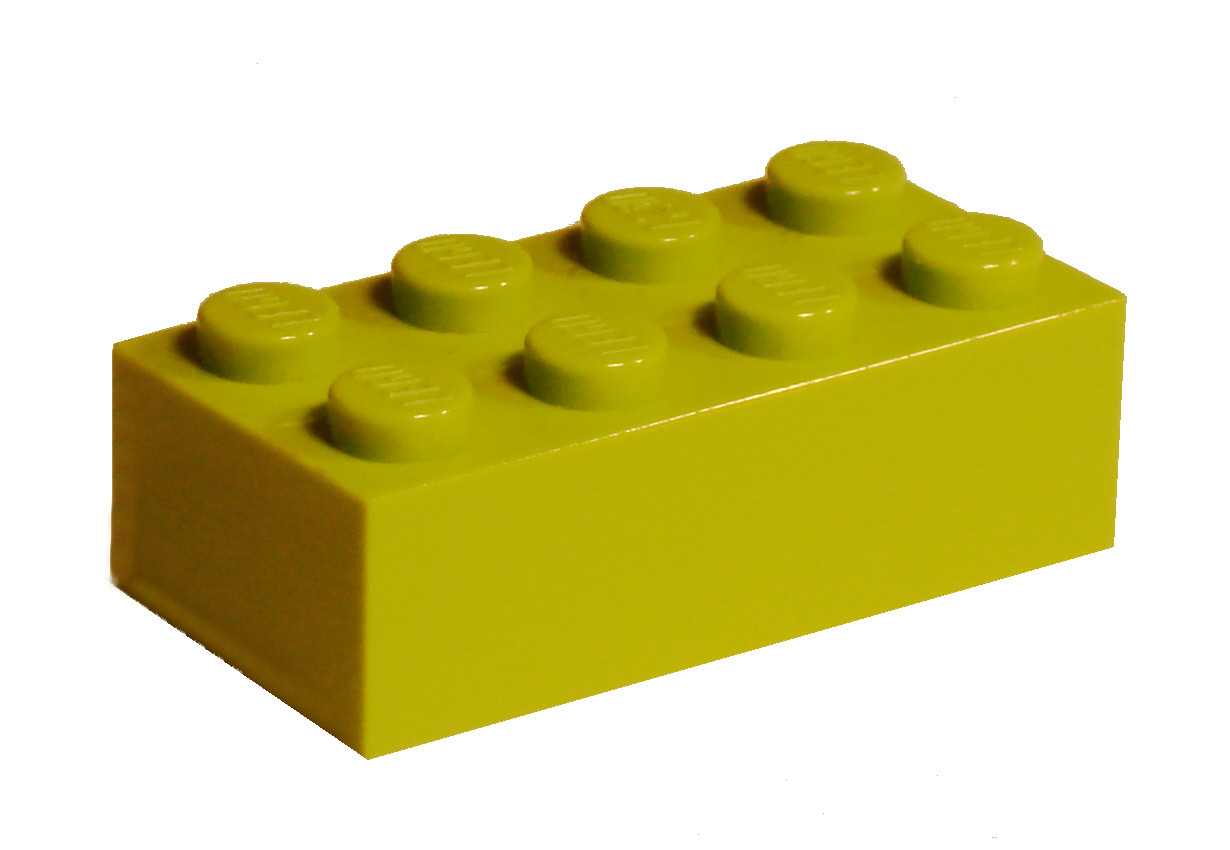
So let’s start with something simple. Something almost anyone will recognise. Something I think is almost the perfect an example of form and function blended in equal amounts. The Lego brick.
On its own it is an icon, an avatar of solid engineering, design and creativity. It reminds us of childhood and sparks creativity – it can take us to a place where everything is awesome. More importantly, it reminds us of possibility, of endless possibilities. Multiply it, vary the dimensions, colors and textures of its copies and you can build anything. And yet it all starts with a simple 4×2 stackable plastic brick.
A Lego is such a simple thing, and yet therein lies the genius. Simplicity mixed with endless potential for iteration seem to be true breeding ground of 'fancy'.
Form and function coming together to produce endless combinations and possibilities. A Lego is such a simple thing, and yet therein lies the genius. Simplicity mixed with endless potential for iteration seem to be true breeding ground of “fancy”. Fancy, then, is just another word for possibility. Possibility breeds in the blending of form and function where simplicity is key.
Applying this logic to the microprocessor
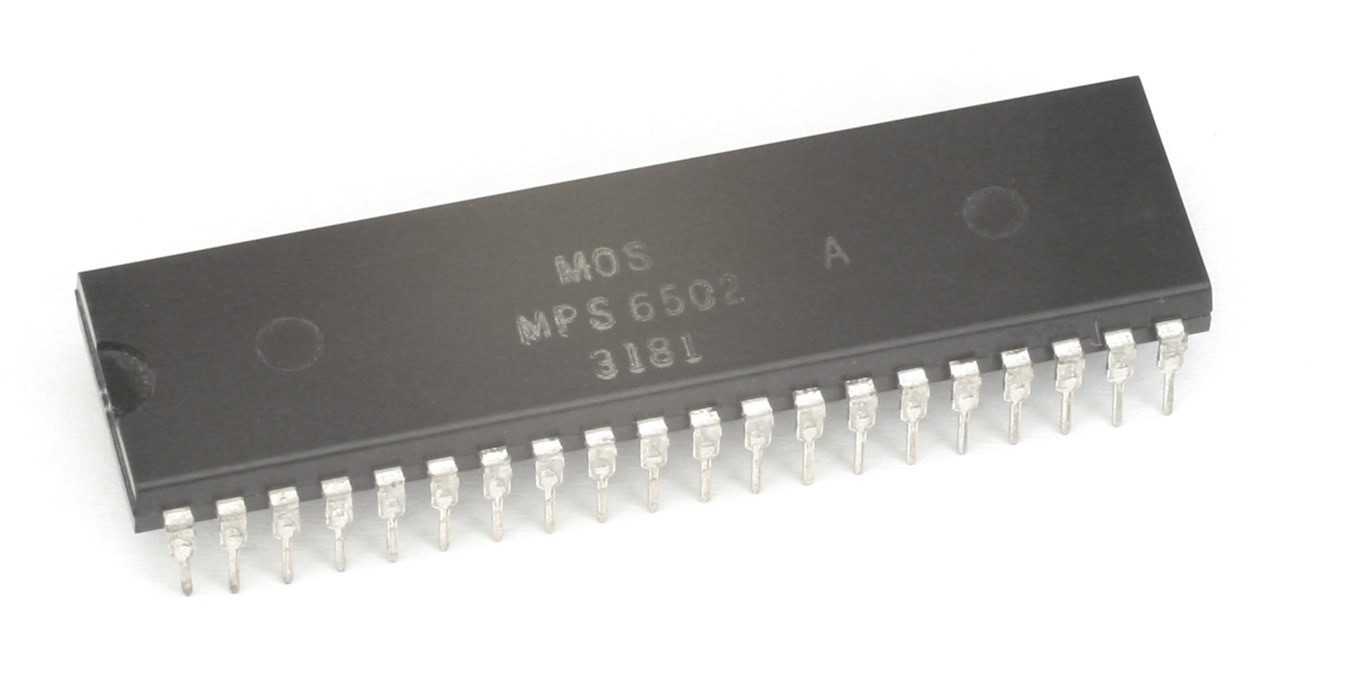
The same story holds true for the microprocessor. What started out as simple 8-bit processors have now been iterated on so many times and in so many different ways that modern 64-bit CPUs seem almost unrecognizable in comparison to their decades older ancestors. However, to the person who sees the form and function in their root simplicity, modern CPU ancestry is easily recognized. It’s all just iteration.
Look at almost any complex math function of a CPU: multiplication is just addition iterated to the nth degree, division is just subtraction and so on; simple aspects iterated through the blending of form and function to extend possibilities.
ARM: a shining tech example of “modern fancy”
ARM Holdings is at the center of the current revolution, the modern fancy. It was their research beyond the 8 bit era, where their Acorn machines started to push into the 16bit and 32bit arenas, which led to most of the mobile CPUs our devices use today.
The Acorn Archimedes is where it all really started. Its RISC (Reduced Instruction Set Computing) approach is the core technology of all mobile SoCs in varying degrees. For the uninitiated, RISC is a method of simplifying oft-repeated instructions in order to optimize performance. Without RISC’s simplification, without ARM’s fancy and optimization, portable computing as we know it essentially wouldn’t be possible. Of course, I’m simplifying things for the sake of argument, but this remains mostly true.

These RISC approaches were core to so many other techniques and technologies which we now take for granted. And it wasn’t just CPU instructions that ARM’s fancy changed – it was licensing too.
ARM’s SoCs and Cores were (and still are) licensed in a similar fashion to the original VHS video cassette player, wherein ARM offered guidelines and basic frameworks and their licensors were then welcome to iterate on these designs as they saw fit. That’s why Apple’s ARM based SoCs differ from Samsung’s, whose differ again from MediaTek’s, whose differ yet again from Qualcomm’s and so on. Each company’s SoC is built to suit their specific needs, and yet they can all share code and design approaches.
Many of the first mass produced and licensed ARM SoCs were at the heart of the 10/100 LAN and broader internet revolution of the early to late 90s. It was ARM’s iterative approach which allowed for so many technologies to reach critical mass from home printers, to cameras and, of course, almost the entirety of the mobile revolution. Each technology feeding into the next.
ARM’s quest for simplification and optimization of their own CPU cores bred form and function and helped pave the way for so many other companies and industries.
ARM’s quest for simplification and optimization of their own CPU cores bred form and function and helped pave the way for so many other companies and industries.
One pertinent example is Google. Without the price of network gear dropping to affordable levels, the broader market of network devices wouldn’t have reached critical mass and then the Internet itself might not have pushed demand for faster speeds. If those demands hadn’t come along Sergey Brin and Larry Page might not have needed to find a way to better organize search results. Demand creates more demand. Optimization creates increased demand for more optimization. Fancy breeds fancy. You see where I’m going with this.
We all owe ARM Holdings a debt of gratitude for their fancy – their desire to optimize the CPU towards the future. Their desire has literally made the modern Internet and mobile market what it is today. That’s what really excites me – that form and function come together from simple ideas and together they generate and iterate new ideas and the cycle repeats and repeats – seemingly endlessly.
Going forward: where form, function and the desire to simplify will bring us next
Virtual reality
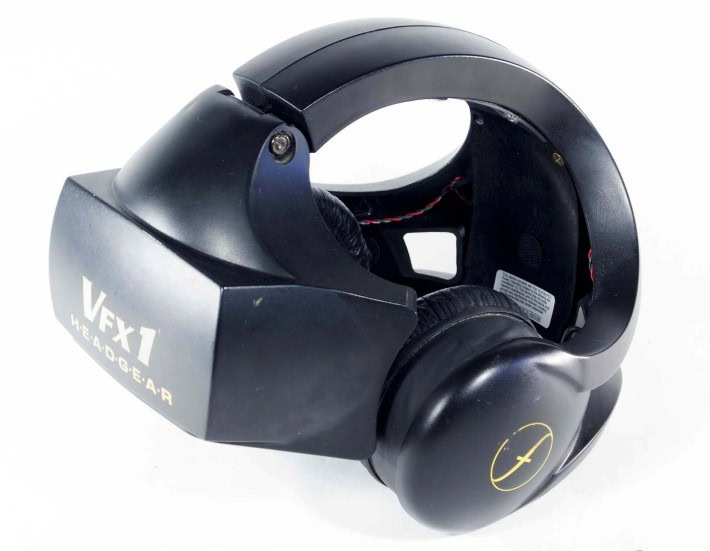
Let’s take a look at virtual reality. Long the subject of science fiction movies and video games, VR is far from new. Moving beyond the realm of SciFi, the first VR applications surfaced in the 90s, only to die out shorlty thereafter. During the late 20th century there had been no more than a dozen or so bulky and cumbersome consumer VR products, most out of the reach of the general consumer both in terms of supply and price. Even with exponential performance increases in both the GPU and CPU over the last two decades, VR remained all but dormant.
Form and function come together from simple ideas and together they generate and iterate new ideas and the cycle repeats and repeats – seemingly endlessly.
What’s really allowed VR to come back are technologies which are part of the mobile computing revolution, the sensor arrays which our devices all use: those that sense gravity, alignment, rotation and movement of other varieties such as inertia. If mobile computing hadn’t reached critical mass, the cost of producing VR would have remained prohibitively expensive.
Sure, mobile GPU and CPU core performance improvements are also key but VR without extensive motion tracking and location awareness is little more than putting a dumb head-mounted display right in-front of your eyes. It’s the sensors which allow for immersion by blending the artificial with the real.
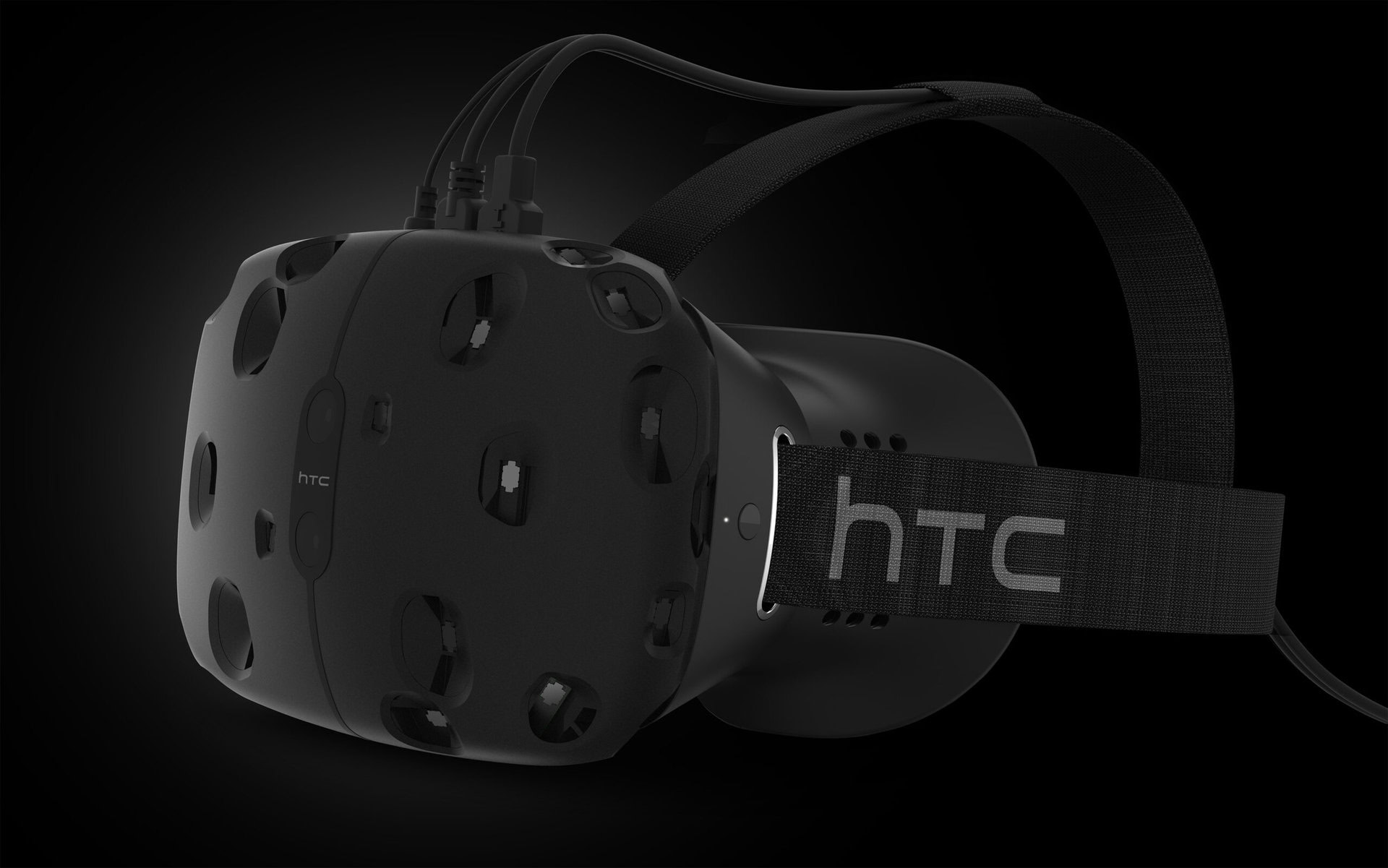
It’s telling then that mobile technology leaders like Samsung and now HTChave been core in revitalizing and iterating in modern VR. VR in the modern sense is possible because modern VR headsets are basically phones with the mobile radios removed.
I wouldn’t be surprised if the Vive is what puts HTCback on track too – they get to play in their own space with a well funded and creative partner in Valve and can avoid expensive 4G radio licenses, all while not having to directly compete with Samsung and Apple beyond a few core handsets. Not that the M9 wasn’t an impressive iteration on their previous devices either, it will likely be one of the best handsets of the year. It’s just that HTCneeded to be able to move beyond relying solely on one device, tied to expensive radio licenses, to keep their market focus. Vive seems to be a great move for them in that regard.
Improved GPU technology and where it leads
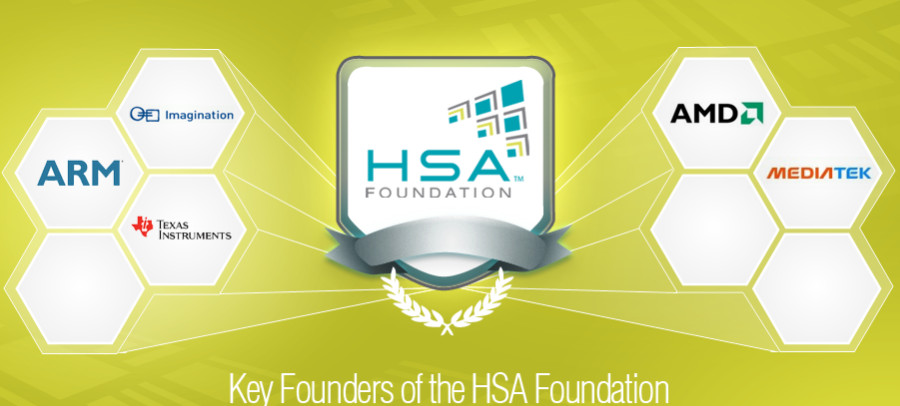
The mobile GPU and GPGPU approaches like HSA is further example of form and function coming together via the desire for simplicity. In this case we’re seeing companies like NVIDIA, and potentially AMD, taking their desktop class GPU cores into the mobile space, while simplifying them just enough by dropping solely core counts. As an end result, these mobile GPU cores for tablets and phones offer the same features and functionality of their desktop products, but with appropriate performance scaling to suit mobile power supplies in the form of batteries and low voltage, low wattage transformers. It also helps developers more speedily bring their modern games to mobile SoCs like the X1, because the GPU has the same features they’ve already developed their games for.
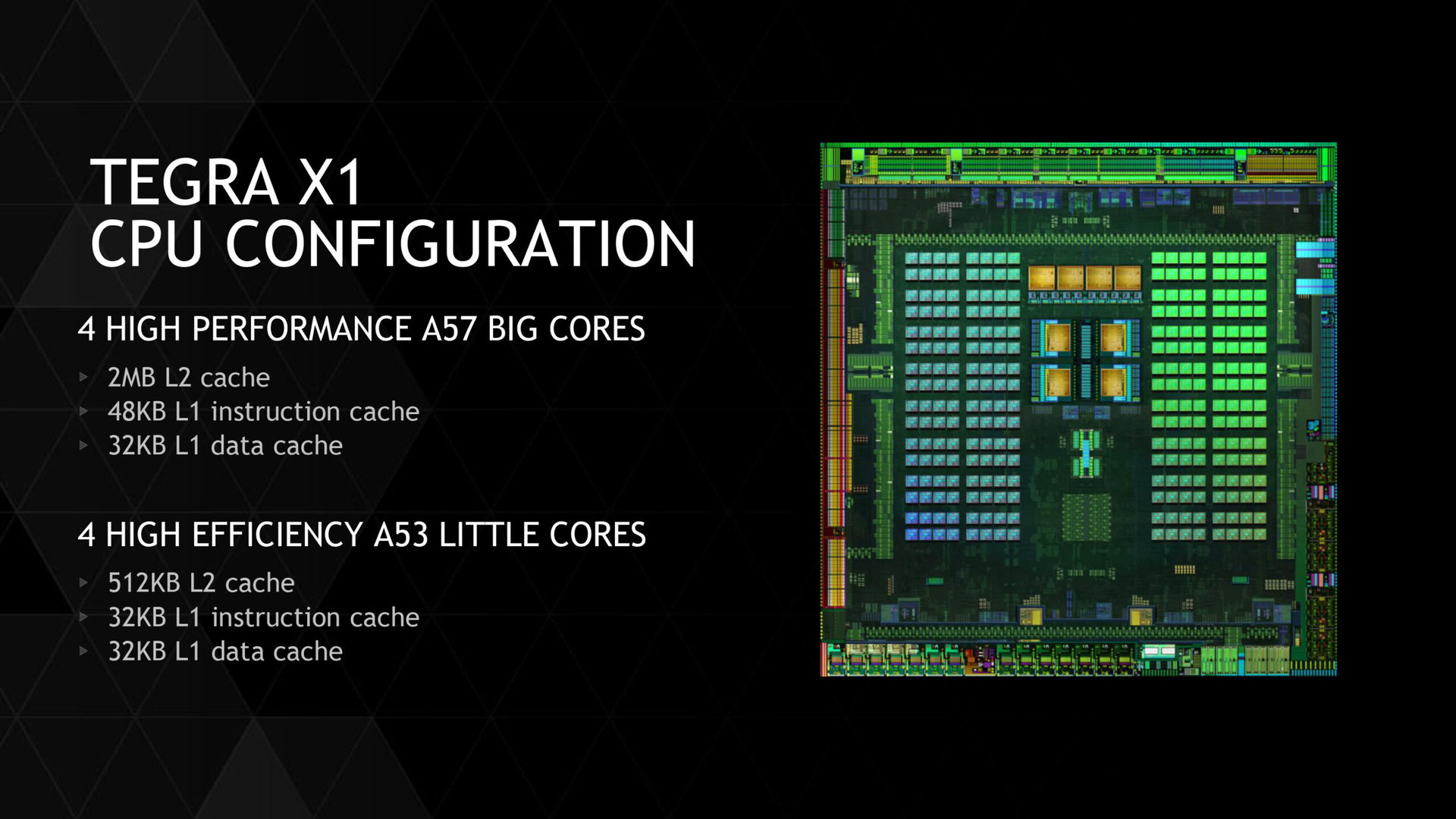
This bodes well for the future of mobile computing beyond just high end games and porting efficiency. It also means that these desktop class GPUs can offer better math functionality to programs which will potentially make use of it, such as Non Linear Video, High End Audio and Photo Editing suites and features such as encryption for mobile devices. This is potentially achieved via HSA where math processing is handed off to the GPU core seamlessly.
GPGPU – General Purpose GPU approaches like HSA — could eventually mean that mobile devices might edge out traditional laptops and some workstation class desktops for certain markets too. It’s too early to tell but it’s certainly interesting.
Project Ara
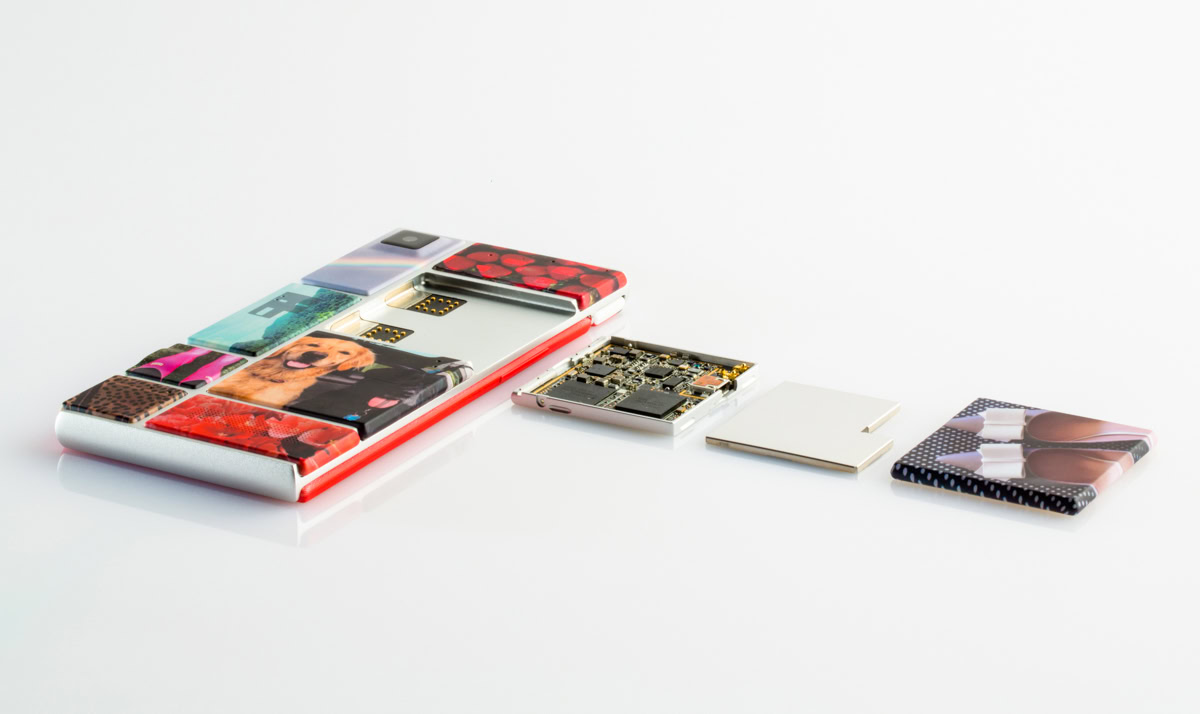
If we’re really going to take Shakespeare’s words to heart, in terms of mobile technologies, I can think of no other better example than Google’s Project ARA. It’s form and function personified. It reduces every aspect of mobile computing to Lego. It allows the end user to create the devices they want without compromise. Want more power? Add another battery. Want stereo cameras? Add another camera. Want better Audio DAC? Add that too. A faster SoC? More RAM? Larger Storage? Etc etc. The possibilities are endless.
And those possibilities don’t just hinge on consumer desires. No, Project ARA is where Google opens up hardware development in the same way they treat software development: they plan to offer an open market where hardware features can be created by almost anyone, within reason, and where even certification isn’t a direct requirement so smaller, independent hardware developers won’t be overshadowed or denied access to potential customers and moreover people will not have to wait on curation to approve their own custom-made and designed additions for use in their own devices.
[quote qtext=”By following the Android model, we are creating a free and open platform… The Ara MDK is free and open and available to everybody, so everybody could create a module per the specifications of the developer’s kit and put it in the Ara module marketplace, which is analogous to the Google Play store, and sell directly to consumers.” qperson=”Paul Eremenko” qsource=”Google Project Ara director” qposition=”center”]
Project ARA is potentially the best example of where fancy is really going to be bred. Puerto Rico looks set to be the first market where devices will be available in short supply later this year
Wrap up
As you can see, all the great technologies we rely on today, and in the years to come, owe their existence to reiteration and refinement of the technology that came before it.
So what really drives the desire to engineer quality? It all comes down to the intermingling of existing ideas, technologies and even people to create something better. It is human nature to want to improve our way of life, and that’s exactly what drives us to find the right mix of form, function and simplicity in all things. So then what makes a tech achievement notable? When we succeed at striking this balance, something we’ve seen from ARM, from Google and many others. And something we will continue to see from companies, both known and unheard of, in the years to come.